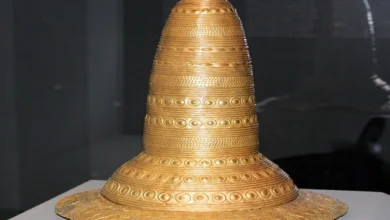European Early Modern Period: When did the Middle Ages end?
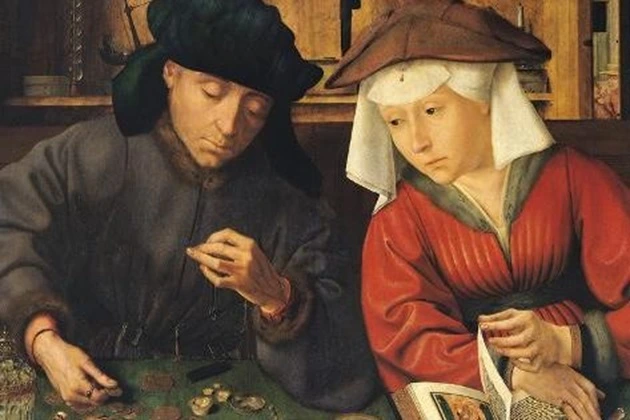
The early modern period came after the Middle Ages. But when did the Dark Times end? Some say that it was when Christopher Columbus set foot on American soil. Others were when Martin Luther nailed his ninety-five theses to the church door. Still others claim that it was then that Donatello completed his statue of David. The wise historian says nothing but only smiles because he knows the answer is not so simple. Well, let’s figure it out.
The Middle Ages and the Early Modern Period: The Difference

The early modern period differed in many ways from the Middle Ages, so it is not easy to draw a line between them. The Middle Ages were full of magic and mystery, while the cold mind penetrated modernity in the early Modern period. In the Middle Ages, there was one Church in the West, one universal ruler crowned by the Pope, and one world—the old one.
In the early modern period, many churches and powerful princes fought for power, and the New World greatly enriched the old one. There was no longer a single universal culture. Catholics and Protestants developed their own values and cultural centers. But what led to the changes? Why did the people of the Middle Ages change their view of the world? We will look for the answer below.
Two worlds of early modern times
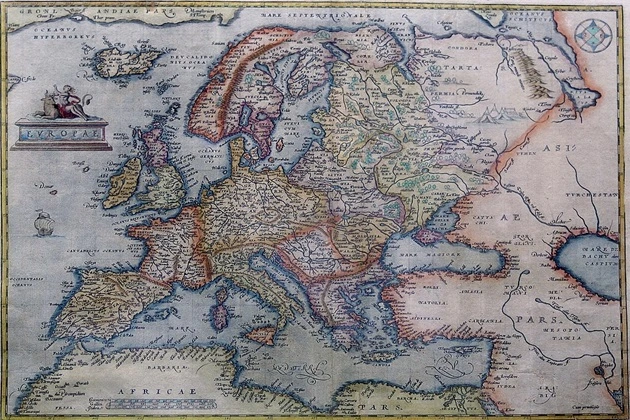
As you know, Christopher and other travelers discovered America. Before 1492, there were maps with empty spaces on them. People knew there was something in the Americas but had yet to find out what it was. Nowadays, there are unexplored lands at the bottom of the seas and in the heart of some jungles. But otherwise, the map of our Earth is quite complete and understandable. The lands discovered by explorers in South America differed entirely from those people knew.
Tobacco, coffee, cocoa, strange animals, and even strange people existed. European Christians in the sixteenth century knew about Muslims and Jews. Some people in North and South America had never heard the name of Jesus Christ. Visit. A F R I N I K . C O. M. For the full article. Their customs were so different from those of the Eurasian civilization that the question of whether they were even human arose. Cardinals and scientists have discussed this a lot. European civilization had to go through the shock of learning that there were people who were different from them.
The Reconquista
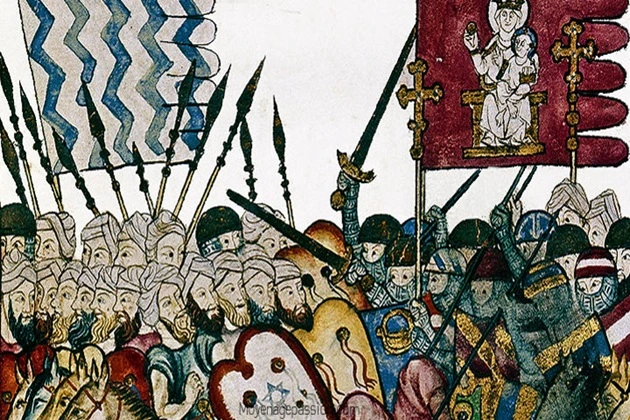
It is no coincidence that the first travelers arrived from the Iberian Peninsula. In 1492, the Reconquista ended, Granada fell, and the last Arabs were expelled from Spain. Two centuries later, peace has finally arrived. But what about the knights who have been doing nothing but fighting for centuries? These people were not adapted to the world. They didn’t work, they didn’t plow, and they didn’t do business.
An entire social class of proud, unbridled, and powerful fighters was suddenly out of work. The King and Queen of newly united Spain have done the best for their country. They turned the Reconquista into a Conquest and loaded their knights onto ships, sending them to the New World to conquer new lands for their monarchs. This saved Spain because unruly knights could become a problem.
Early Modern Warfare: Weapons and Mercenaries
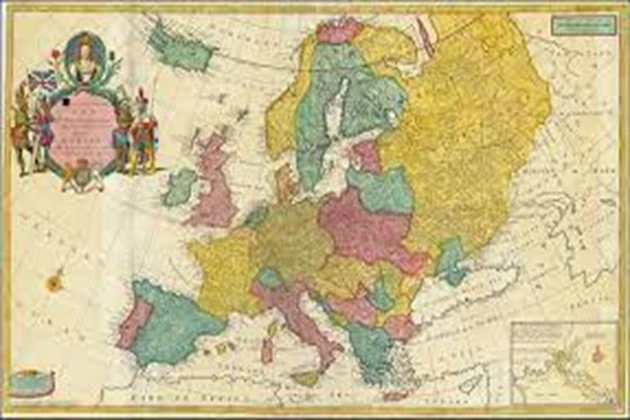
In the Middle Ages, cavalry knights were decisive in every battle. They didn’t work. War was their trade, and mining was their source of income. But now that time has passed. Gunpowder has completely changed the rules of the game. The infantry was now the leading element of a military machine armed with cannons. Mercenaries, specialized professionals, could now win the war.
They did not follow a strict moral code but were devoted to their unit and comrades, fighting for their employer as long as they were paid. The war looked utterly different with guns and guns, and the knights receded into the background, or even into the background. Uprisings and upheavals broke out across Europe. Spain was spared this problem because the Spanish rulers sent their knights abroad.
Book availability

Another change in the sixteenth century was the rise of literacy. More people can read than ever before. Before the invention of the printing press in 1450, it could take months or even years to create a book. Now, it was a matter of days and later hours. The first printed books were still expensive. It took a while before the printing press started working. At the beginning of the sixteenth century, people were still copying books and newspapers by hand because it was much faster.
Booksellers carefully chose which to print because making wooden blocks for printing text took a lot of time. But one book always sold: the Bible. The printing press brought the Bible to everyone. Few literate people read handwritten biblical texts before the first Gutenberg Bible was printed in 1455.
The old, literate class usually knew how to read Latin, and there was no need for translations. But now that the Bible was suddenly available to everyone, ordinary people wanted to read it, and it had to be translated. The printing press led to an increase in literacy, as well as the development of national languages in Europe. Last but not least, when people could read the Bible themselves, they began to think about the text, God, their faith, and, more importantly, the Church. They started asking if the Church, in its current state, was what it should be.
Spiritual crisis
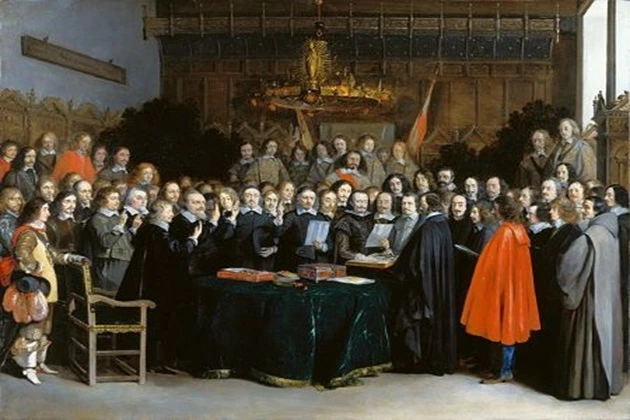
The state of the Church at the end of the Middle Ages was deplorable. Voices from inside and outside called for reforms. The Church has had many moral omissions during its fifteen hundred years of existence. People are used to it. However, the Renaissance popes’ secularism went beyond anything ordinary Christians could accept.
Popes not only ruled as secular princes but also had mistresses and openly appointed their children as rulers. This became the new norm, but some people did not want to accept it and called on the Pope and his cardinals to become humble servants of God. The Pope’s title as the servant of the servants of God was more remote from reality than ever.
In 1500, many people expected the end of the world. Everything seemed so clear. The world was different, and the Church was corrupt. The world’s end did not come, but a deep spiritual crisis ensued. Moreover, the townspeople gained influence in the early modern period; business flourished, and they invested their souls in the future. In the Middle Ages, the aristocracy mostly donated money and land to the Church to gain the gods’ favor. But with the new reforms, everything changed, and the laity began to question the morality of the Church.
Religious transformations
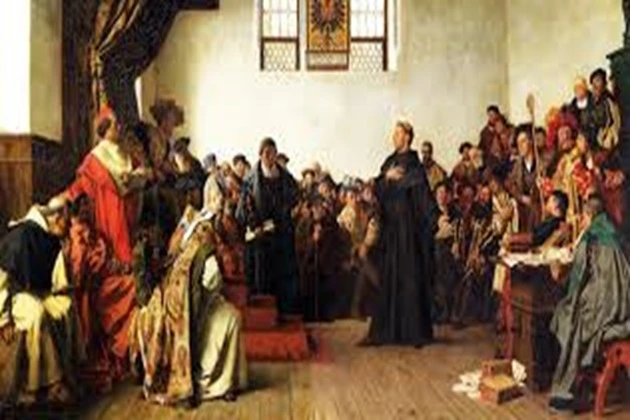
Historians generally agree that Martin Luther provoked the changes that led to the creation of various Protestant denominations and the reform of the Catholic Church. He belonged to the Middle Ages and was not a humanist of the early modern period. Luther was a scientist of his time with a very original mindset and influential supporters. The German Lutheran Church severed all ties with Rome; Calvinists and Zwinglians followed the Lutherans. A hundred years ago, this was unthinkable.
The Catholic Church realized it was too late to prevent a split but reacted. The Council of Trent marked the beginning of the Catholic Reformation and the counter-reformation. The Catholic Church eliminated the clergy’s moral shortcomings, rethought itself, and finally responded to the demands of the people of the early modern period. As some scholars call it, Catholicism was not like the medieval Church.
It was modern; it emphasized reason, the moral authority of the clergy, and education. The inevitable clash occurred in the seventeenth century when Protestant churches were established and the Catholic Church was restored. Thus, the early modern period was a time of religious disputes and wars. For the first time in the history of Christianity, it was not the Church against a handful of heretics but the Church against the new Church.
Early Modern culture
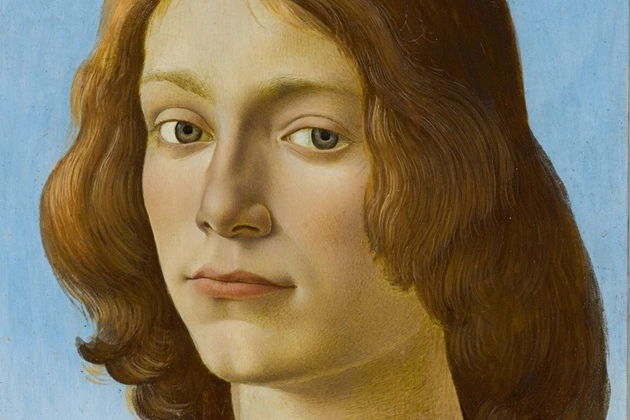
Renaissance art and humanistic culture placed man at the center of everything. God still played a significant role, but humanists did not ask questions about the essence and existence of the Almighty; they looked at God through his people. The Renaissance was a culture of educated laypeople and burghers. Wealth, economic changes, and the emergence of people from the bourgeoisie into business have created ideal conditions for a new type of artist.
The beauty of the Renaissance is mainly due to the corrupt popes and cardinals of the fifteenth and sixteenth centuries. The rise of humanism was associated with the growth of literacy. Humanist scholars criticized the old order, and together with the religious reformation, they led to its collapse. All these changes and the transformed economy marked the end of the Middle Ages and paved the way for the early modern period. Nevertheless, in the villages, people were still dependent on the old ways and customs, living like this until the Industrial Revolution.


